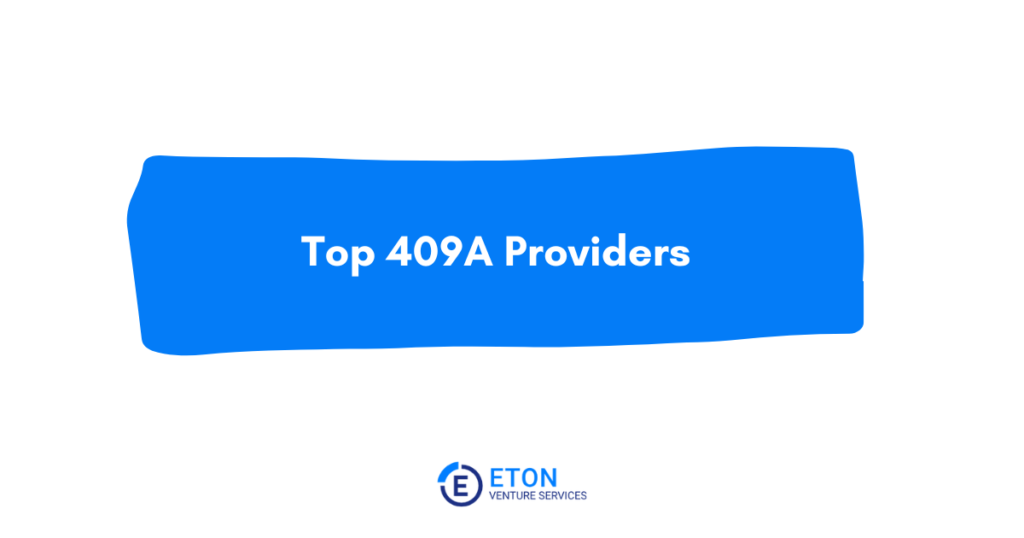Purchase Price Allocation (“PPA”) is a critical aspect of mergers and acquisitions (“M&A”) and business combinations, with significant tax implications for the involved parties.
Navigating the complexities of PPA for tax purposes can be challenging, but a thorough understanding of the process can help businesses optimize their tax positions and minimize potential controversies.
In this article, we will discuss the tax implications of PPA, including allocating the purchase price among various assets for tax purposes, understanding tax amortization, and addressing potential tax controversies that may arise from the allocation process.
Allocating the Purchase Price for Tax Purposes
In an M&A transaction, the purchase price must be allocated among the acquired company’s assets and liabilities based on their fair market values.
This allocation is essential for tax purposes, as it determines the basis for depreciation, amortization, and future gains or losses on the sale of assets.
The Internal Revenue Service (“IRS”) provides guidelines on allocating the purchase price in accordance with Section 1060 of the Internal Revenue Code.
The allocation process typically involves the following steps:
Identify the assets and liabilities to be acquired, including tangible and intangible assets;
Determine the fair market value of each asset and liability using appropriate valuation methods; and
Allocate the purchase price among the assets and liabilities based on their relative fair market values, starting with the highest-ranking assets in the IRS’s residual method classification.
Tax Amortization of Intangible Assets
Intangible assets, such as customer relationships, trademarks, and technology, are often significant components of the purchase price in M&A transactions.
For tax purposes, many intangible assets are amortizable over a 15-year period under Section 197 of the Internal Revenue Code.
This means that the allocated value of these assets can be deducted from taxable income over the 15 years, providing a tax benefit to the acquiring company.
Proper identification and valuation of intangible assets are crucial for optimizing tax amortization benefits.
Potential Tax Controversies and Mitigating Risks
The PPA process can sometimes lead to tax controversies, particularly if the IRS disputes the allocated values of assets and liabilities or the chosen valuation methods.
Some potential tax controversies related to PPA include:
Disagreements over the fair market value of assets, especially intangible assets.
Challenges to the chosen valuation methods or assumptions.
Disputes over the classification of assets under the residual method.
To mitigate the risk of tax controversies, businesses should consider the following best practices:
Engage experienced valuation professionals to ensure accurate and reliable PPA results.
Use multiple valuation techniques and industry benchmarks to support the chosen asset values.
Document the PPA process thoroughly, including the rationale for the chosen valuation methods, assumptions, and asset classifications.
Stay current with IRS guidance and court decisions related to PPA and tax implications to ensure compliance with the latest regulations.
Post-Acquisition Tax Planning
After the completion of the PPA process, businesses should engage in post-acquisition tax planning to optimize their tax positions and streamline ongoing tax compliance.
Key aspects of post-acquisition tax planning related to PPA include:
Implementing a system for tracking the tax basis and amortization of acquired assets.
Monitoring tax law changes and IRS guidance that may impact the treatment of acquired assets.
Regularly reviewing the PPA to ensure continued accuracy and compliance with tax regulations, especially in the case of post-acquisition changes in asset values or business operations.
Related Read: Learn best practices for filling out the PPA Form 8594.
Does purchase price include tax?
In Purchase Price Allocation (PPA), the “purchase price” refers to the total consideration paid by the acquirer to obtain the target company’s assets and liabilities which generally excludes transaction-related taxes like sales tax, value-added tax (VAT), or stamp duties.
These taxes are considered separate transaction costs and are not included in the purchase price for PPA purposes.
It’s important to note that while transaction-related taxes are excluded from the purchase price, they may still have significant tax implications for both the buyer and the seller.
Properly accounting for these taxes is crucial to ensure compliance with tax regulations and accurately reflect the transaction’s financial impact.
Conclusion
Purchase Price Allocation for tax purposes is a complex yet critical aspect of mergers and acquisitions and business combinations.
By understanding the process of allocating the purchase price among various assets for tax purposes, recognizing the tax amortization of intangible assets, and addressing potential tax controversies, businesses can optimize their tax positions and minimize risks associated with the allocation process.
Engaging experienced valuation professionals, following best practices, and staying current with IRS guidance and regulations are essential to ensuring accurate and compliant PPA results.
By proactively engaging in post-acquisition tax planning, businesses can further enhance their financial performance and streamline ongoing tax compliance related to the acquired assets.








